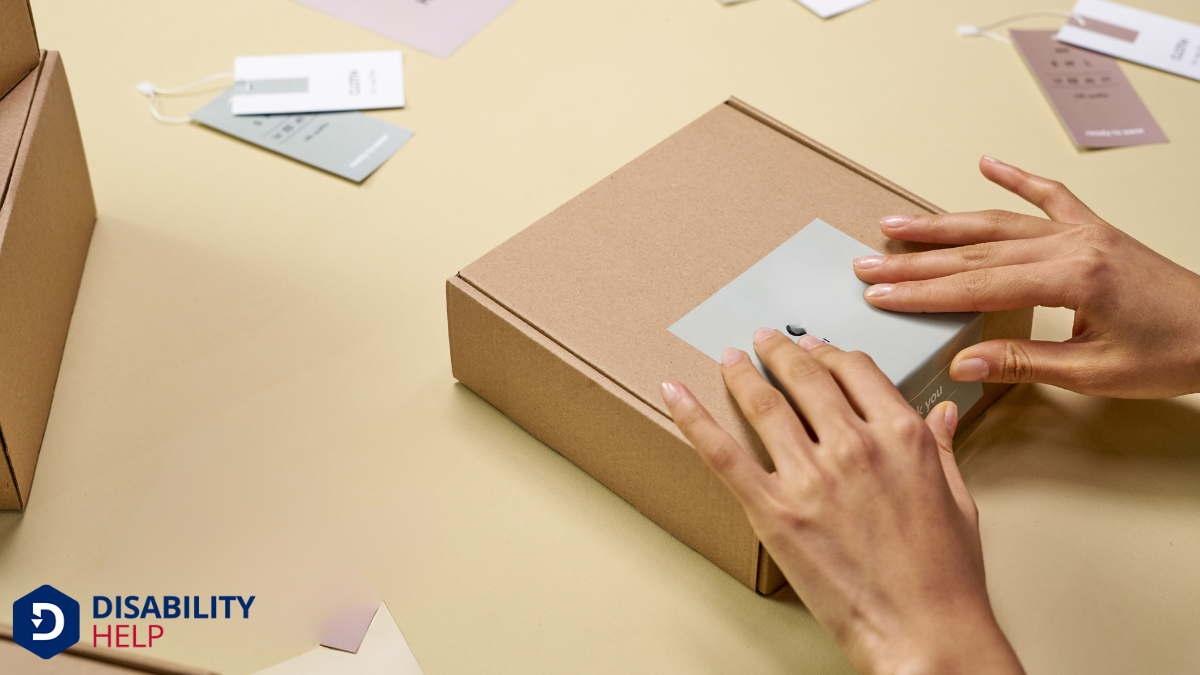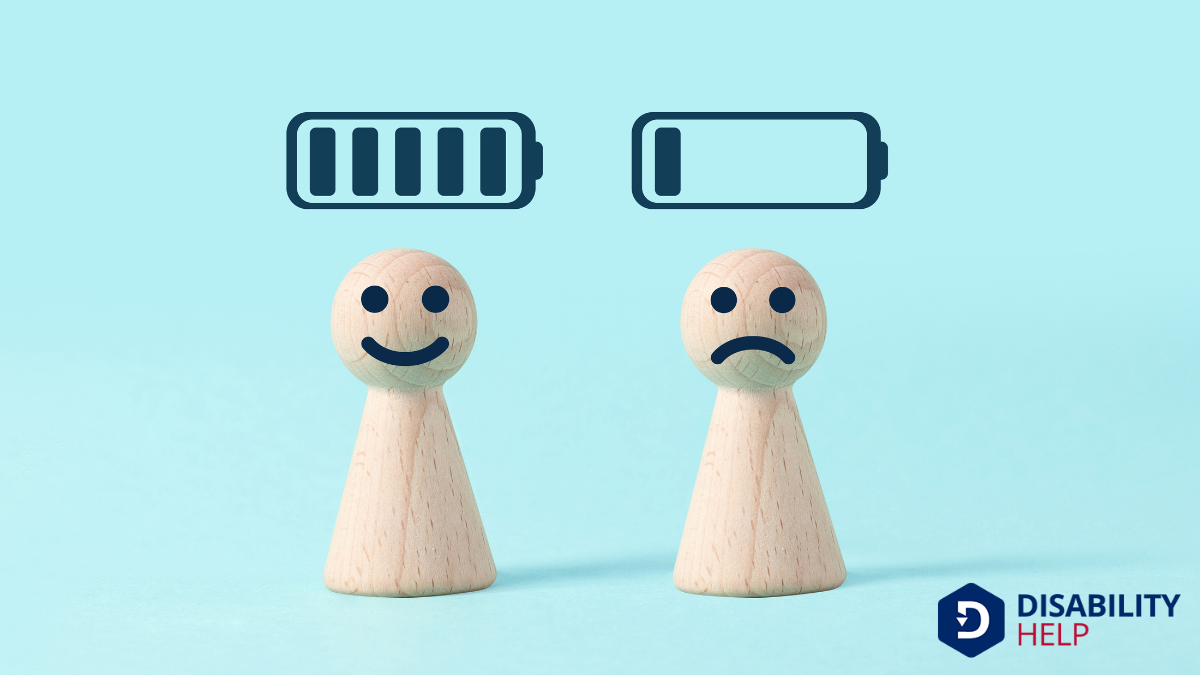When working with assistive devices, we should never underestimate the importance of following the manufacturer's instructions. Ignoring these guidelines can lead to misuse and safety hazards. It's essential not to skip regular maintenance or push devices beyond their intended purpose. By overlooking proper handling, storage, and user training, we risk compromising both the device's integrity and user safety. Let's explore how these oversights impact performance and longevity.
Key Takeaways
- Never ignore manufacturer instructions; it risks damage and voids warranties.
- Avoid overloading devices beyond specified weight limits to ensure safety.
- Don't neglect regular maintenance; it prevents unexpected breakdowns.
- Never use incompatible accessories; they can disrupt functionality.
- Avoid using devices in unintended ways to prevent injury or damage.
Ignoring Manufacturer Instructions
Ignoring manufacturer instructions when using assistive devices can lead to unnecessary problems and potential hazards.
We often think we understand how to operate them without guidance, but every device has specific features and safety measures. By not following these instructions, we risk damaging the device or causing harm to ourselves and others.
Let's remember, these guidelines aren’t just suggestions—they're vital for safe operation.
When we overlook them, we might miss important information about weight limits, battery usage, or proper cleaning methods. This oversight can shorten the lifespan of our device or void warranties.
Relying on the manufacturer's expertise guarantees that we use our assistive devices effectively and safely.
We should make it a habit to review the instructions thoroughly before use.
Skipping Regular Maintenance

Let's not underestimate the importance of regular maintenance for our assistive devices.
By keeping up with routine checks, we can guarantee their longevity and reduce the risk of unexpected breakdowns.
Skipping these essential steps might seem convenient now, but it could lead to bigger problems down the road.
Ensure Device Longevity
Regular maintenance is key to guaranteeing the longevity of assistive devices. We can't overlook the importance of routine check-ups and care.
By adhering to a regular maintenance schedule, we can extend the life of these essential tools. It’s not just about fixing issues as they arise; it’s about preventing them from happening in the first place.
Let’s take proactive steps, such as cleaning components, tightening loose parts, and verifying software updates to keep our devices in top condition. This approach not only saves money in the long run but also guarantees that the devices are reliable when we need them most.
Let's commit to prioritizing maintenance and safeguarding the investment in our assistive technology for years to come.
Prevent Unexpected Breakdowns
Skipping regular maintenance leads to unexpected breakdowns that can disrupt our daily lives.
Let’s face it, none of us wants to be caught off guard with a malfunctioning device, especially when we rely on it for essential tasks. Regular check-ups help prevent these unwelcome surprises.
By scheduling routine maintenance, we guarantee that any minor issues are caught and addressed early.
This proactive approach not only saves us from potential inconvenience but also extends the lifespan of our devices. Ignoring maintenance may seem like we're saving time in the short run, but it often results in more significant problems later.
We should prioritize regular checks, follow the manufacturer's guidelines, and seek professional help when needed.
It’s the best way to keep our devices running smoothly.
Using Devices Beyond Their Intended Purpose
While assistive devices are designed to enhance mobility and independence, using them beyond their intended purpose can lead to unintended consequences.
We might think a walkerA mobility aid with a metal frame and sometimes wheels, used by individuals who need additional supp... could double as a seat or a caneA mobility aid used to assist with balance and walking. as a tool for reaching high shelves, but these actions could compromise safety and the device’s integrity. Each assistive device is carefully crafted to support specific activities and weight limits. Misuse could damage the device or, worse, cause injury.
Let's remember that these tools aren't one-size-fits-all solutions for every challenge. It’s crucial to stick to the manufacturer’s guidelines and intended uses.
If we need additional support, seeking out specialized equipment is a better approach. By respecting the design and limits of our assistive devices, we maintain their effectiveness and uphold our safety.
Overlooking User Training and Education
Although many of us might feel confident in our ability to use assistive devices, overlooking user training and education can lead to misuse and potential harm. We can’t assume that these devices are intuitive for everyone. Proper training guarantees we understand how to operate them safely and effectively, reducing the risk of accidents.
Training sessions often cover essential aspects like device maintenance, troubleshooting, and updates on new features. By prioritizing education, we empower ourselves and others to use the devices to their full potential, enhancing the quality of life for those who rely on them.
Let’s not underestimate the value of being well-informed. Investing time in learning about these tools can prevent errors and guarantee that all users benefit from their capabilities.
Neglecting Proper Storage and Handling

Understanding how to use assistive devices effectively is only part of the responsibility we hold; equally important is ensuring these devices are stored and handled correctly.
Proper storage and handling prevent damage and extend the lifespan of these valuable tools. Let's discuss what we should focus on to avoid common mistakes:
- Clean Regularly: Dust and debris can interfere with functionality. Regular cleaning is essential.
- Avoid Direct Sunlight: Prolonged exposure can cause materials to degrade or malfunction.
- Use Protective Cases: When not in use, store devices in cases to prevent accidental damage.
- Check for Wear and Tear: Routine inspections help catch issues early, preventing bigger problems later.
Failing to Customize Settings for Individual Needs
Let's remember that one size doesn't fit all when it comes to assistive devices.
We should personalize device configurations, adjust accessibilityThe design of products, devices, services, or environments to be usable by people with disabilities.... features, and tailor user preferences to meet individual needs.
Personalize Device Configurations
When we don't customize assistive devices to suit individual needs, we miss the opportunity to enhance their effectiveness and user experience. Each person has unique preferences and requirements, and failing to adjust device settings can lead to frustration and inefficiency.
We must take the time to personalize configurations for ideal use. Consider these important aspects:
- User Preferences: Adjust screen brightness, font size, or audio levels according to personal comfort.
- Task Requirements: Tailor settings to support specific activities, like reading, typing, or navigation.
- Physical Capabilities: Modify input methods or control responsiveness based on mobility needs.
- Environmental Conditions: AdaptA grassroots disability rights organization in the U.S. that focuses on promoting community-based se... settings for various environments, such as low-light or noisy areas.
Adjust Accessibility Features
Overlooking the customization of accessibility features in assistive devices can greatly hinder their potential to improve user experiences.
When we don’t take the time to adjust settings for individual needs, we risk making the device less effective or even unusable.
Each user has unique requirements, and default settings mightn't meet them adequately.
Tailor User Preferences
Although assistive devices come with a range of settings, failing to customize these for individual needs can greatly compromise their effectiveness.
We must remember that each of us has unique requirements. By not tailoring preferences, we risk making the device cumbersome and less helpful.
Imagine trying to use a tool that's set up for someone else’s needs—it just doesn't work well, does it?
To optimize assistive technology, let's focus on these key areas:
- User Interface: Adjust font size and contrast for visual comfort.
- Input Methods: Choose from voice, touch, or switch controls based on ease of use.
- Feedback Options: Modify auditory or tactile feedback to suit personal preferences.
- Task Automation: Set up shortcuts for frequently used actions to enhance efficiency.
Customizing these elements guarantees the device truly aids us.
Disregarding Early Signs of Malfunction
Ignoring the early signs of malfunction in assistive devices can lead to more significant issues and compromise our safety and independence. When we notice unusual noises, unexpected shutdowns, or a change in performance, it's vital we address them immediately.
Small glitches can escalate into full-blown failures, potentially leaving us without essential support when we need it most.
We must be proactive in our approach. By regularly checking our devices and responding promptly to any irregularities, we guarantee their reliability.
Let's not wait for a minor issue to become a major problem. Regular maintenance and timely repairs can save time, money, and stress in the long run.
Ultimately, staying vigilant helps us maintain the functionality and dependability we rely on every day.
Underestimating the Importance of Battery Management

Managing the batteries in our assistive devices is essential for ensuring they work when we need them most.
Let’s face it, a dead battery can leave us stranded or disconnected. Regular battery checks and maintenance should be part of our routine.
It's easy to underestimate this, but the consequences can be significant. We need to stay proactive about our battery management to avoid unexpected failures.
- Regularly Check Battery Levels: Make it a habit to check battery levels daily.
- Keep Spare Batteries Handy: Always have spares, especially during travel.
- Charge Devices Appropriately: Follow recommended charging practices to extend battery life.
- Be Aware of Battery Age: Older batteries may need more frequent replacement.
Choosing Incompatible Accessories or Add-ons
Just as battery management plays an essential role in the reliable operation of our assistive devices, so does the selection of compatible accessories or add-ons.
When we choose incompatible items, we risk disrupting functionality, voiding warranties, or even damaging the device. It’s vital that we check compatibility before purchasing any add-ons. We should consult the device’s manual or reach out to the manufacturer for guidance.
Ignoring compatibility can lead to frustration and unnecessary expenses. We might think we’re enhancing our device’s capabilities, but instead, we could be setting ourselves up for failure.
Let’s verify our investments enhance our experiences, not hinder them. By prioritizing the right accessories, we maintain peak performance and extend the device’s lifespan, ultimately supporting our needs effectively.
Conclusion
In summary, let's always remember that working with assistive devices requires careful attention and diligence. We can't afford to ignore manufacturer instructions or skip regular maintenance. It's essential to use devices as intended and guarantee they're properly stored and handled. User training, customizing settings, and monitoring for malfunctions are equally important. Let's not underestimate battery management or the significance of compatible accessories. By following these guidelines, we assure safety and longevity for both the devices and their users.






